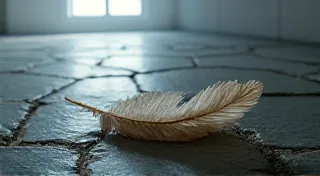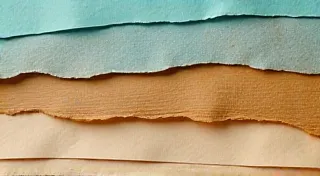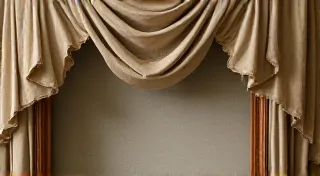The Clockmaker's Legacy: Tracing Ancestry Through Markings and Styles
There’s a quiet resonance in the tick-tock of an antique clock, a sound that transcends mere timekeeping. It’s the echo of a craftsman's dedication, a whisper of generations past, and often, a tantalizing mystery begging to be unraveled. More than just beautifully crafted objects, antique clocks are time capsules – tangible links to the individuals who created them and the eras they inhabited. To truly appreciate an antique clock isn't just about admiring its aesthetics; it’s about understanding its story, tracing its lineage, and honoring the clockmaker's legacy.
My own fascination began with a simple grandfather clock salvaged from my grandmother's attic. It wasn't particularly valuable, by auction house standards, but it was hers. The wood was darkened with age, the brass slightly tarnished, and the pendulum stubbornly silent. I remember the thrill of bringing it back to life, carefully cleaning away decades of accumulated dust, oiling the gears, and finally, hearing that glorious, rhythmic tick. But it was the small, almost invisible mark on the backplate—"J.S., Taunton, 1888"—that truly captivated me. Who was J.S.? What was his life like? And how did this clock, bearing his mark, end up in my grandmother’s attic?
This seemingly simple question launched me on a journey – a genealogy of clockmaking. It's a pursuit that combines historical research, keen observation, and a healthy dose of detective work. And the rewards, the deepening appreciation for the clock and its creator, are immeasurable.
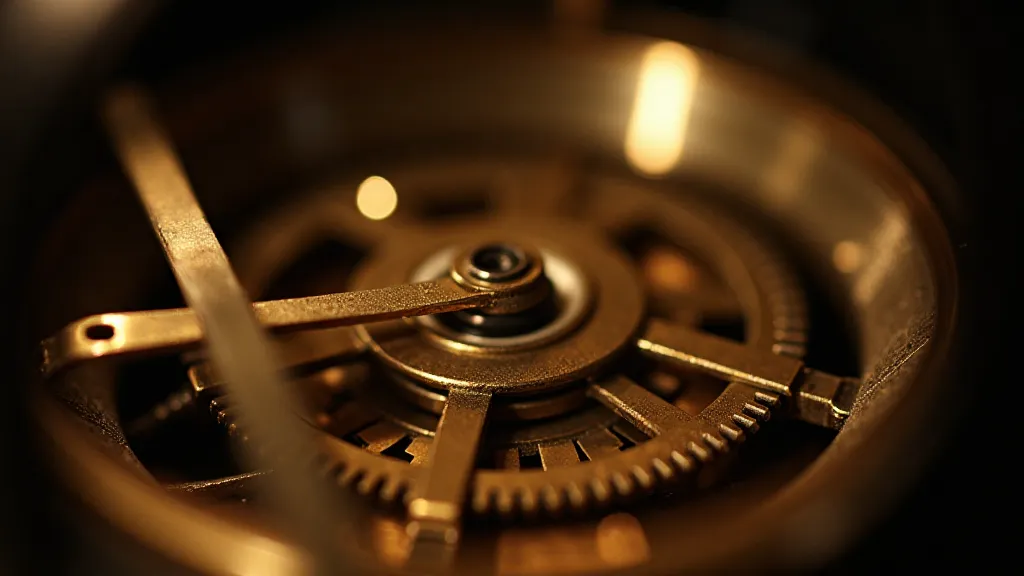
Deciphering the Markings: Your First Clues
The clockmaker’s mark, often a name, initials, or a symbol, is the most direct gateway to understanding a clock's origins. However, deciphering these marks isn't always straightforward. Many clockmakers used variations in their markings throughout their careers, influenced by changing styles and business partnerships. Furthermore, imitations and unauthorized use of marks occurred, especially during periods of high demand.
Begin by meticulously examining the clock's various parts: the movement (the mechanism that powers the clock), the case (the wooden or metal housing), and the dial (the face of the clock). The mark might be stamped, engraved, or painted. Sometimes it’s hidden under layers of grime or old finishes.
Once you've found a mark, the next step is research. Antique clock reference books, online databases like NAWCC (National Association of Watch and Clock Collectors), and auction archives are invaluable resources. Local historical societies and museums can also provide valuable insights.
Beyond the primary mark, look for other subtle clues. Patent dates stamped on the movement, serial numbers, and the style of the escapement (the mechanism that regulates the release of power) can narrow down the manufacturing period and potentially identify the maker. The evolution of these mechanisms and the influences shaping their design have profoundly affected timekeeping throughout the centuries, a topic explored in more detail in Chronometers & Constellations: Mapping Precision Through Timekeeping.
Style as a Storyteller: Understanding Chronological Evolution
While markings provide direct identification, the style of the clock – its form, ornamentation, and materials – provides crucial contextual information. Clock design evolved dramatically over the centuries, mirroring broader artistic and technological trends.
Early clocks, dating back to the 17th and 18th centuries, often featured elaborate, Baroque or Rococo detailing, reflecting the ornate tastes of the aristocracy. The cases might be crafted from dark, richly-figured woods like mahogany or walnut, often adorned with intricate carvings and gilt accents. The movements were often hand-finished, showcasing the clockmaker’s skill.
The 19th century witnessed a surge in clock production, driven by industrialization and the rise of the middle class. Styles became more diverse, reflecting a range of aesthetic preferences – from the restrained elegance of Regency and Empire styles to the more Victorian exuberance of Gothic Revival and Eastlake designs. The increasing sophistication of manufacturing processes during this period drastically altered the art and design principles applied across numerous crafts, impacting the way clocks were conceived and constructed.
The 20th century saw a shift towards simpler, more streamlined forms, influenced by the Art Deco and Mid-Century Modern movements. Mass production techniques became increasingly prevalent, impacting both the quality of materials and the level of craftsmanship.
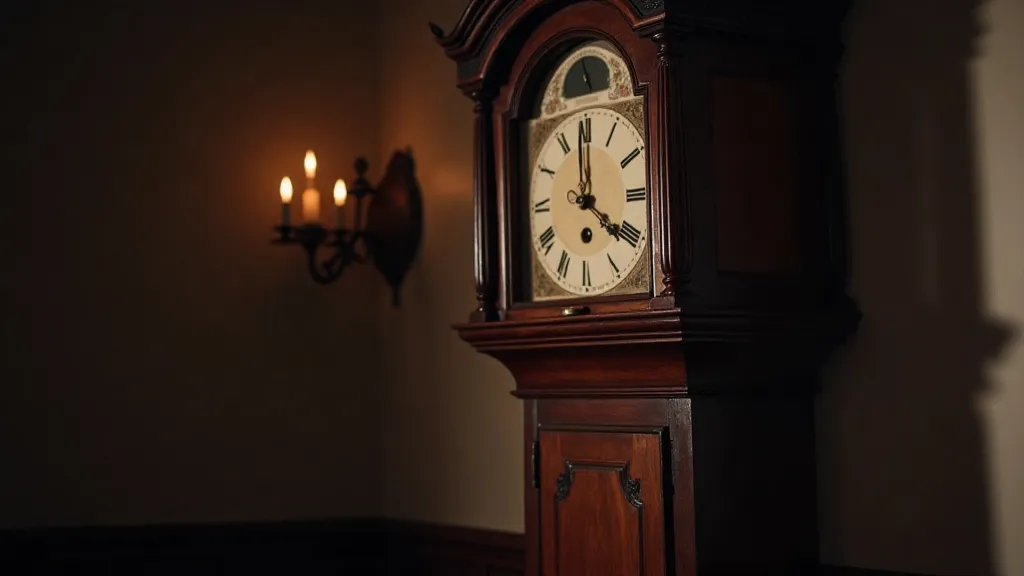
Manufacturing Techniques: A Window into the Past
Even the way a clock was made provides valuable insights into its history. Early clocks were almost entirely hand-made, with each component carefully crafted by skilled artisans. As technology advanced, manufacturers began to incorporate machine-made parts, initially to reduce costs and increase production volume.
Examine the level of finishing on the movement. Are the gears perfectly aligned and polished? Are the screws neatly slotted and finished? The presence of machine-made components doesn't necessarily diminish the value of a clock, but it does provide clues about its manufacturing period and the level of automation employed.
The materials used also tell a story. Early clock cases were often constructed from high-quality hardwoods, while later cases might be made from less expensive woods or even manufactured wood products. The quality of the brass and steel used in the movement is also indicative of the clock's value and origin. The careful selection of materials, often based on regional availability and craftsmanship traditions, is a fascinating exploration of its own.
The Cultural Tapestry of Time
Beyond the mechanics and the materials, antique clocks offer glimpses into the broader cultural landscape of their time. Different regions and cultures developed unique approaches to clock design, reflecting local artistic traditions and social values. For example, the intricate detailing found in German Black Forest clocks stands in stark contrast to the minimalist aesthetics of Scandinavian clockmaking. Understanding these differences sheds light on the diverse expressions of humanity’s enduring fascination with time.
The influence of various cultures on clock design is a vast and rewarding subject. A detailed look at how global artistic movements shaped the look and feel of timekeeping devices is available in A Tapestry of Time: The Influence of Different Cultures on Clock Design. It’s a journey through history, artistry, and the global exchange of ideas that has profoundly shaped our understanding of time itself.
Dealing with the Silence: Restoration and Preservation
Many antique clocks, sadly, have fallen silent over the years. Lost weights, damaged movements, and neglected cases are common challenges for clock enthusiasts. Restoring a silent clock to its former glory is a rewarding experience, but it requires patience, skill, and a deep respect for the original craftsmanship.
Sometimes, a clock may be missing crucial components. Finding replacements can be a difficult task, but it's not always impossible. Auction houses, online marketplaces, and specialized clock parts suppliers are valuable resources for locating missing weights, pendulums, and other essential elements. If a clock is missing its weights, impacting its functionality and overall aesthetic, it's a situation many collectors have faced. More detailed information about dealing with these challenges can be found in The Weight of Silence: Dealing with Broken or Missing Clock Weights.
Beyond Identification: Appreciating the Human Element
Tracing the ancestry of an antique clock isn't simply an exercise in historical research. It's about connecting with the individuals who brought it into existence. Imagining the clockmaker hunched over his workbench, painstakingly crafting each component, feels more meaningful than just seeing a beautiful object.
Consider the social and economic context in which the clock was made. What were the prevailing artistic trends? What were the technological innovations of the time? Understanding the clock’s place in history enriches the appreciation of its beauty and craftsmanship.
My grandmother’s clock, that unassuming object salvaged from the attic, is now more than just a timekeeper. It's a portal to the past, a tangible link to a man named J.S. in Taunton, Massachusetts, who dedicated his skills to creating something beautiful and enduring. And that, I believe, is the true legacy of the clockmaker – a legacy that continues to resonate with each tick and tock.
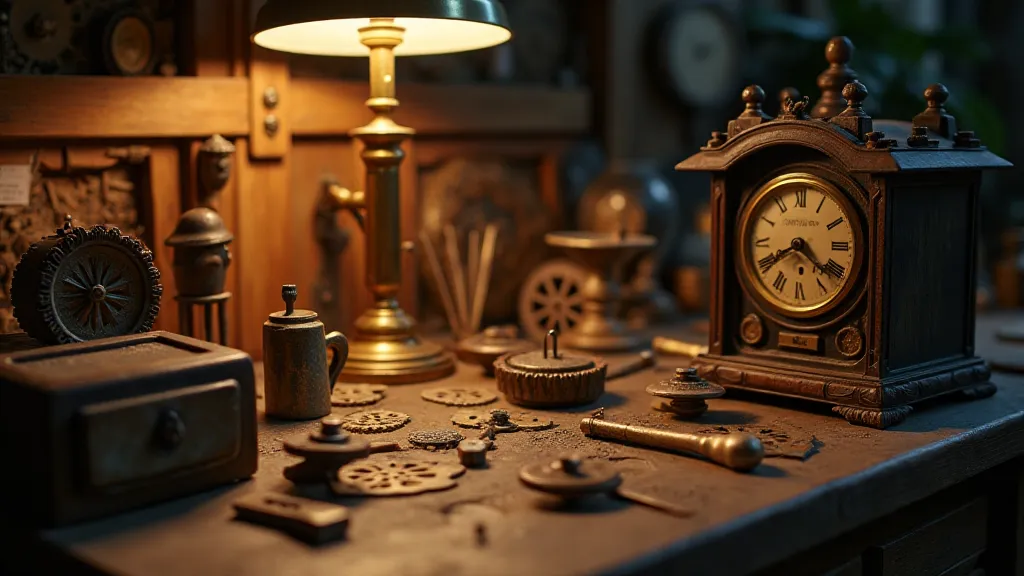
The intricate workings within these timekeeping marvels, and the stories they hold, offer a profound connection to those who came before us. Each chime is a reminder of the ingenuity and dedication that have shaped our world, one tick and tock at a time. The echoes of the past continue to resonate within these cherished objects, whispering tales of craftsmanship, innovation, and the enduring human desire to measure and understand the passage of time.
